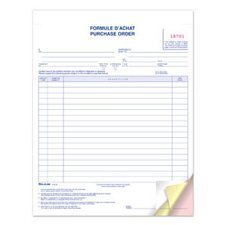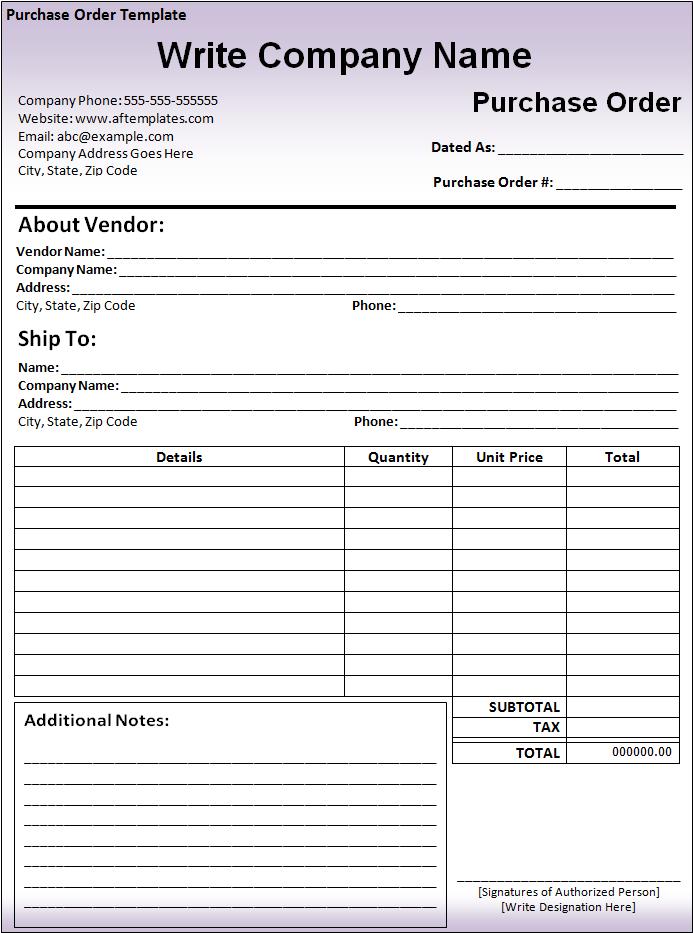

The system populates the Ln Ty (line type) field on the Order Detail form.

You define line types in the Order Line Types program (P40205). The line type also specifies the conditions for including a line on reports and in calculations. The line type affects the systems with which the transaction interfaces (JD Edwards EnterpriseOne General Ledger, JD Edwards EnterpriseOne Job Cost, JD Edwards EnterpriseOne Accounts Payable, Oracle's JD Edwards EnterpriseOne Accounts Receivable, and JD Edwards EnterpriseOne Inventory Management). Line TypeĮnter a value to specify how the system processes lines on a transaction. The system populates the Order Type field of the Order Header form with this value. Order TypeĮnter a value that exists in the Document Type - All Documents (00/DT) UDC to specify the default value for the order type. These processing options enable you to enter default information that the system uses for purchase order processing. The user-defined field values are stored in the Purchase Order Detail File table (F4311). The values in the fields on the Order Header form do not populate the fields on the Order Detail form.

These fields are independent from the category codes on the Order Header form.
PURCHASE ORDERS CODE
The Category Code 01 through Category Code 04 fields appear in the detail grid of the form. The user-defined fields are not stored in the Purchase Order Receiver File table (F43121). The user-defined field values from the Additional Properties and Category Codes tabs are stored in the Purchase Order Header table (F4301). If the Address Book fields are required, then the Display Additional Properties Tab processing option must be enabled. This processing option is used with the Display Additional Properties Tab processing option on the Display tab of the P4310 program. You can also set the Address Book Field Required processing option to specify whether the Address Book 01 and Address Book 02 fields on the Additional Properties tab are required. To access the user-defined fields, you must enable the Display Additional Properties Tab and Display Category Codes on Header Tab and Detail Grid processing options on the Display tab of the P4310 program. If you enter values in the user-defined fields on the Additional Properties and Category Codes tabs on the Order Header form, then the fields on these tabs are display-only on the Order Detail form. You can review up-to-date commitment, budget, log, and order hold information.Īfter you generate orders, you can make changes to the orders and print the orders. You can place an order on hold if it exceeds budget or for any other reason. You can have the system check orders to verify that costs do not exceed budget limits. These tools allow you to generate multiple orders at the same time, locate item and supplier information, and so forth. Several tools are available to help you create orders. The system maintains header and detail information in two separate tables: Depending on the volume of orders and the amount of header information you need to enter, you use processing options to select one of these methods to enter orders:Įnter header information first, followed by detail information.Įnter detail information only, allowing the system to apply limited default values for header information. You can enter header information and detail information separately. Header information - general information that relates to the entire order, such as the supplier name and order dates.ĭetail information - line-by-line details about the items or services you want to order, such as item numbers, quantities, and costs. You enter orders to specify details about the goods or services you are purchasing, to indicate the supplier from whom you are purchasing, and to specify other pertinent information.

Each time you want to purchase goods or services, you must enter a purchase order.


 0 kommentar(er)
0 kommentar(er)
